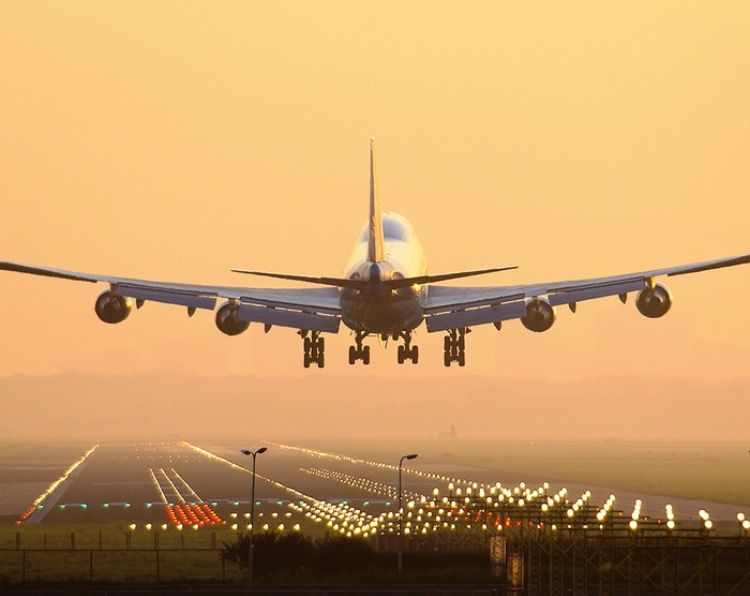
Southwest Airlines is known for its friendly service, low fares, and most notably, its unique boarding process. Unlike most airlines, Southwest doesn’t assign seats ahead of time. Instead, passengers board in a specific order and choose their seats once on the plane. This process revolves around the use of Southwest Airlines Boarding Groups, which help keep boarding organized and efficient. If you’re flying with Southwest for the first time or even if you’ve flown before but still find the boarding process confusing, this guide will walk you through everything you need to know to board with confidence and get the seat you want.
How Boarding Works on Southwest
When you check in for your Southwest flight, you’ll be assigned a boarding group: A, B, or C. Each group also includes a number between 1 and 60. Your group and number together determine the order in which you’ll board the plane.
Boarding begins with A1 and continues through to C60. The lower your number, the earlier you board — and the better your chances of picking your preferred seat.
Here’s the basic order:
Preboarding (for passengers needing assistance)
Group A (1–60)
Family Boarding (for families with children 6 and under, between Groups A and B)
Group B (1–60)
Group C (1–60)
Once on board, you’re free to choose any open seat.
What Affects Your Boarding Position?
Your boarding group and number are mostly determined by how and when you check in, but other factors also come into play. Here’s what influences your position:
1. Check-In Time
Check-in opens exactly 24 hours before your scheduled departure. The sooner you check in after that window opens, the better your boarding number is likely to be.
2. EarlyBird Check-In
This is an optional service that automatically checks you in 36 hours before your flight. It doesn’t guarantee Group A, but it does give you a better shot at an earlier boarding position than those who check in manually at the 24-hour mark.
3. Business Select Fare
Purchasing a Business Select ticket guarantees you a boarding position between A1 and A15. These tickets are more expensive but also come with perks like a premium drink and extra Rapid Rewards points.
4. Upgraded Boarding
If Business Select spots are still available on your flight, you may be able to upgrade at the gate to a position in A1–A15. These upgrades are typically offered for a fee and are subject to availability.
5. A-List and A-List Preferred Status
Frequent flyers who earn A-List or A-List Preferred status through the Rapid Rewards loyalty program receive priority boarding, often landing them in Group A regardless of check-in time.
6. Traveling with Children
Families with children 6 years old or younger are allowed to board between Groups A and B. This helps parents secure seats together without paying extra for upgrades or stressing about split seating.
Tips for a Better Boarding Experience
Getting a good boarding position on Southwest often comes down to timing and planning. Here are a few practical tips to help:
Set a reminder to check in exactly 24 hours before your flight if you’re not purchasing EarlyBird.
Consider EarlyBird if you want a more relaxed experience and don’t want to worry about checking in manually.
Download the Southwest app to check in quickly and store your mobile boarding pass.
Travel light if you’re aiming for a good seat near the front — overhead bin space fills up fast.
Be ready to board when your group is called. Lining up on time helps keep the process smooth for everyone.
Choosing the Right Seat
Because there are no assigned seats, the earlier you board, the more seat options you’ll have. Here’s what to know about seating choices on board:
Front of the plane: Great for quick exits, especially if you have tight connections or want to save time.
Exit rows: These often offer more legroom but are only available to able-bodied passengers age 15 and older.
Overwing seats: Generally provide a smoother ride and less engine noise.
Window or aisle: Both are usually snapped up early, so you’ll need to board in Group A or early B for the best shot at these.
If you're traveling with a companion or family, earlier boarding is especially helpful to ensure you can sit together.
Is the Southwest Boarding System Right for You?
Southwest’s open seating policy is loved by many for its simplicity and fairness, but it’s not for everyone. If you like to plan every detail in advance, especially your seat, the lack of assigned seating can feel inconvenient. On the other hand, if you value flexibility, enjoy choosing your spot based on what’s available, or travel with carry-on luggage only, you might find the process refreshingly straightforward. For families, the boarding policy can work well, especially with family boarding in place. For solo travelers, it’s often easy to snag a good seat even without upgrades.
Final Thoughts
Flying with Southwest is a different kind of travel experience, and understanding the boarding system can make it much smoother. From checking in on time to considering optional upgrades, there are multiple ways to improve your boarding position and get a seat you’re happy with. By knowing how the process works and planning ahead, you’ll be able to navigate the boarding experience with ease — and maybe even score that perfect window seat without spending a fortune.

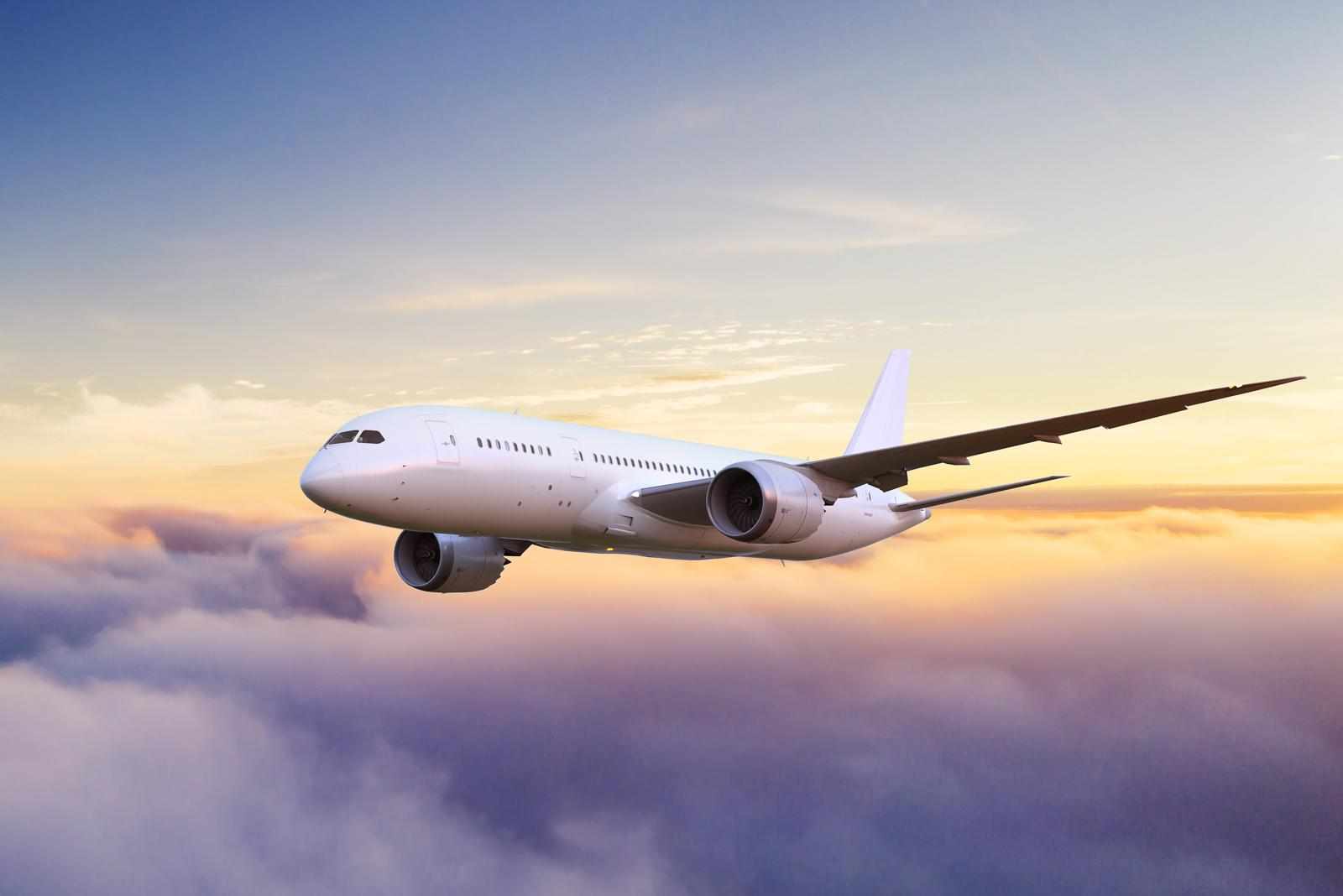


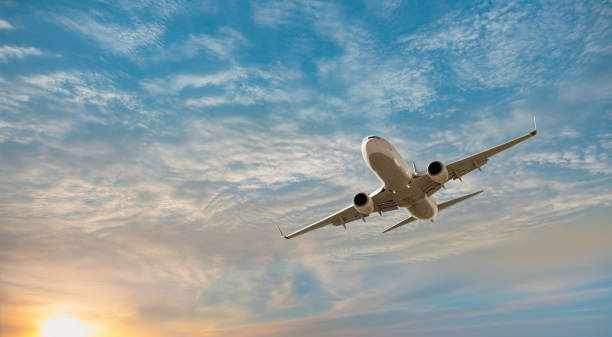
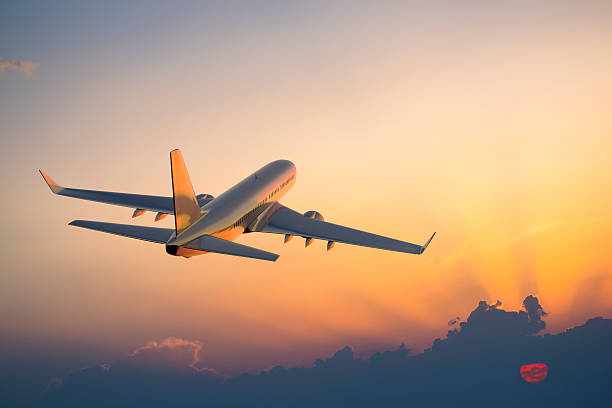
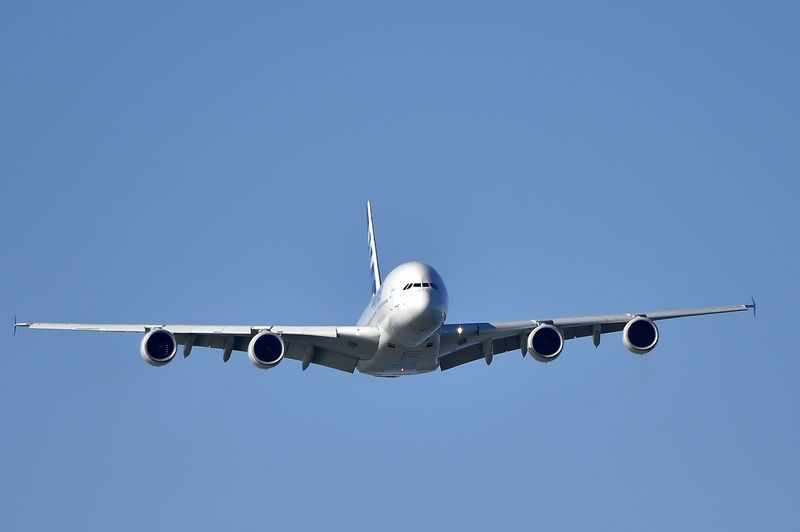

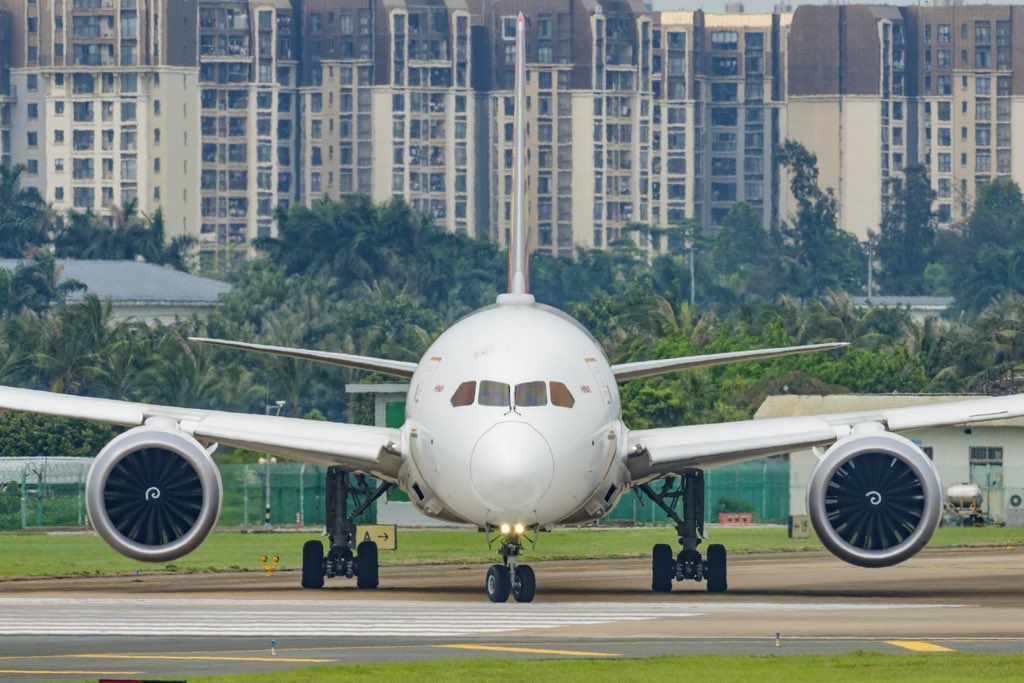
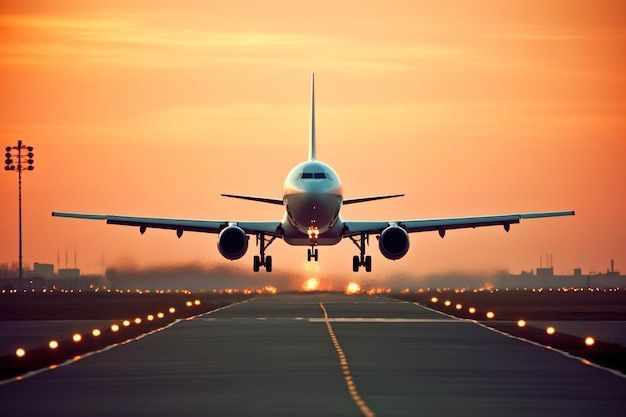

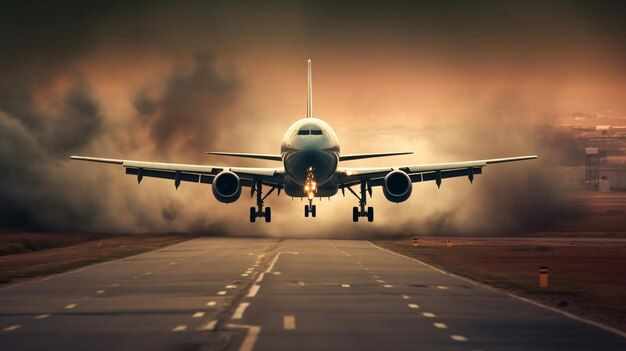
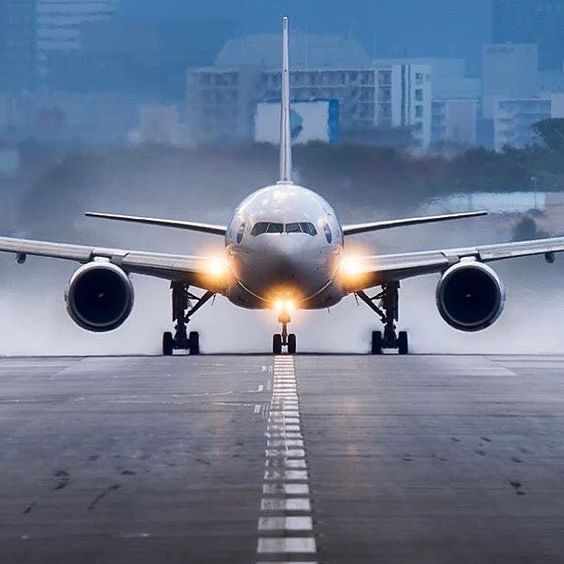

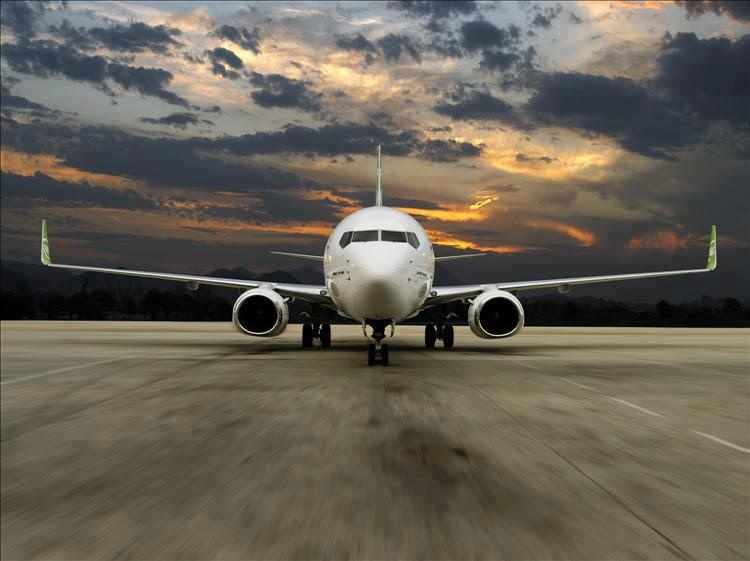


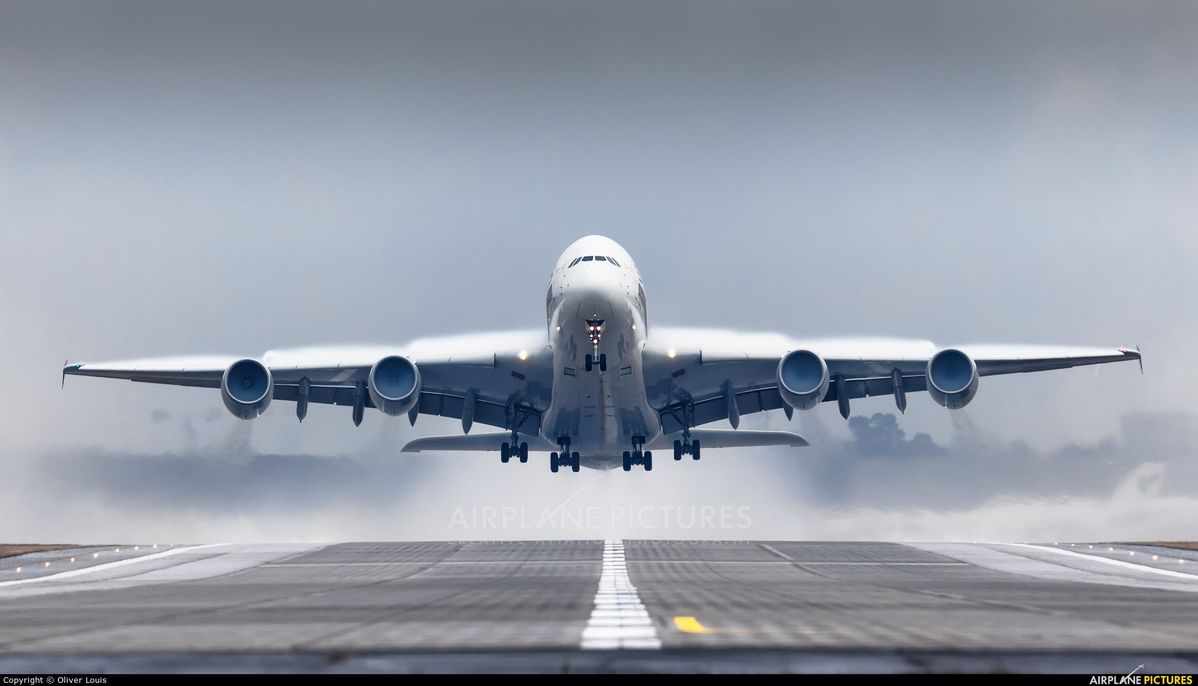



Write a comment ...